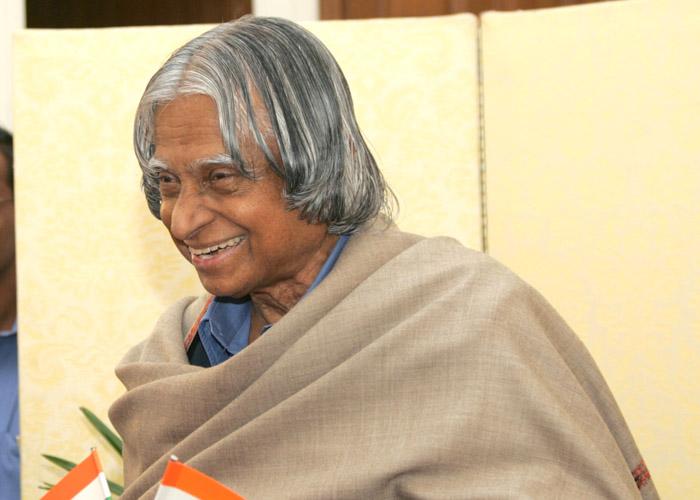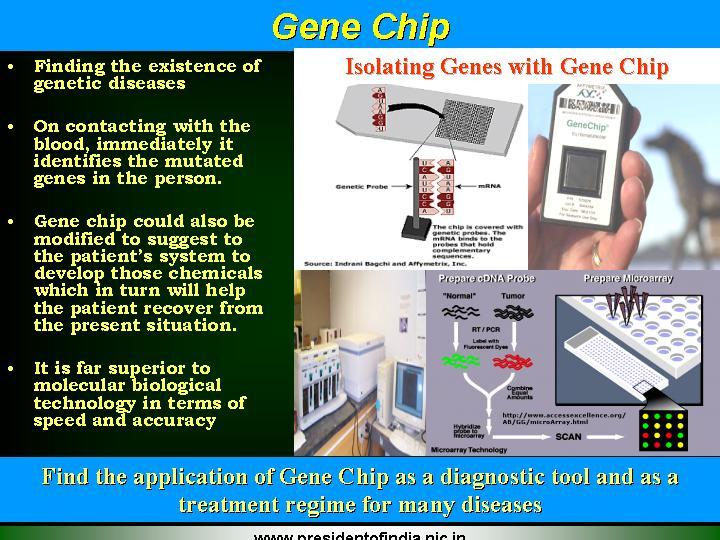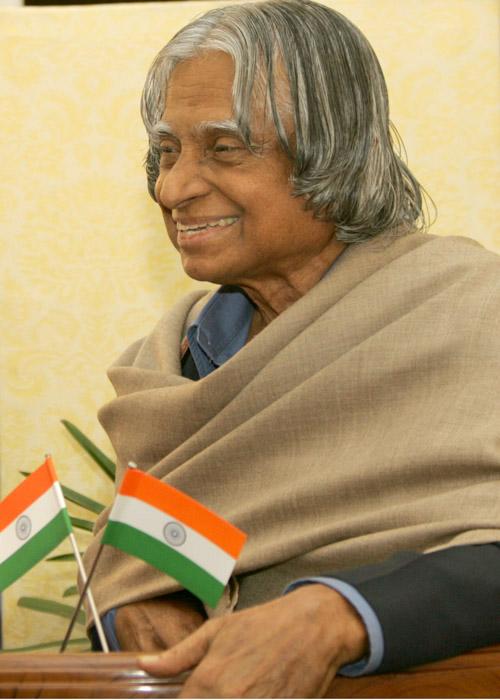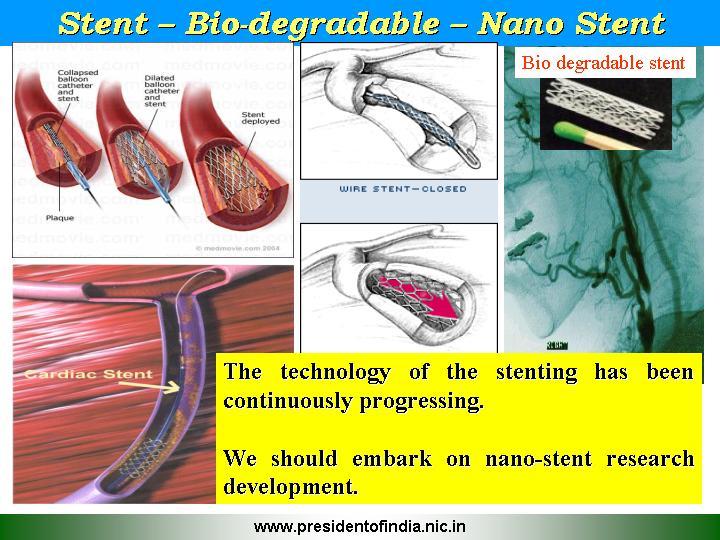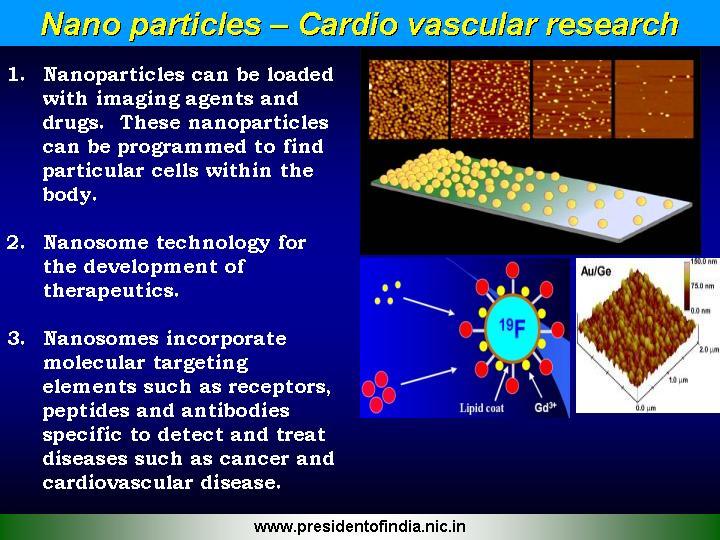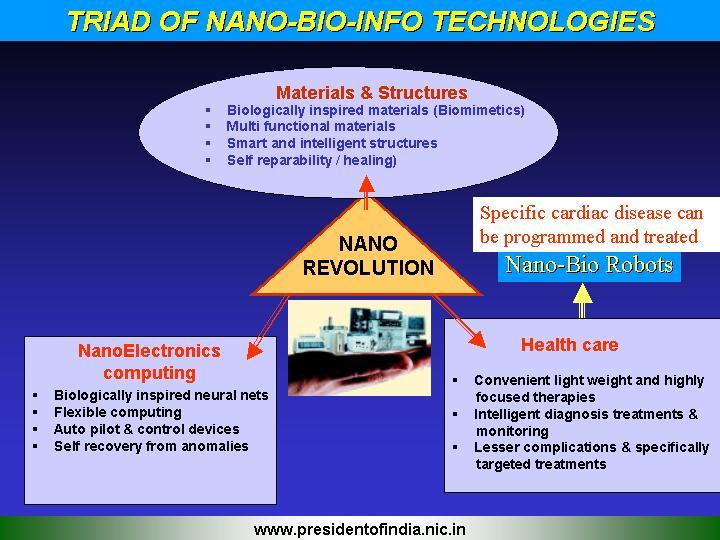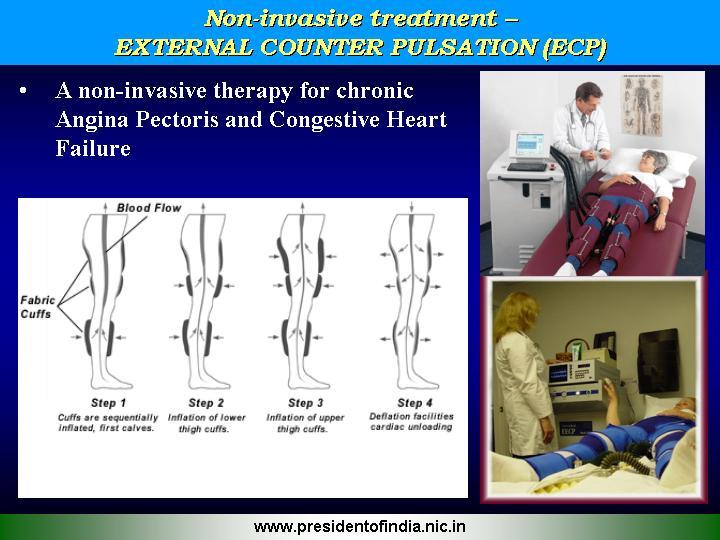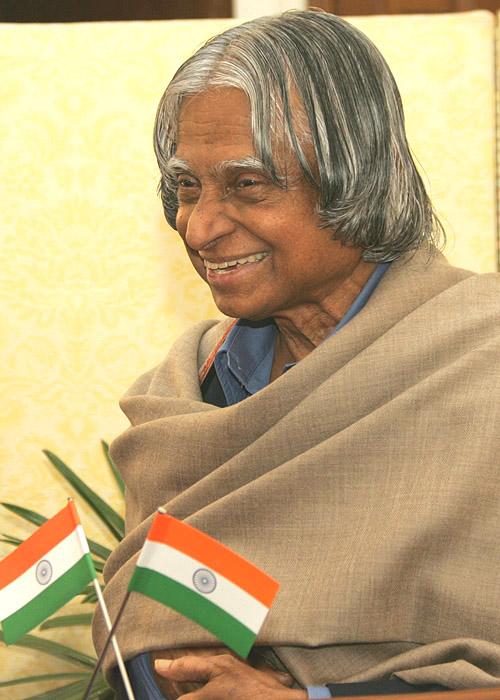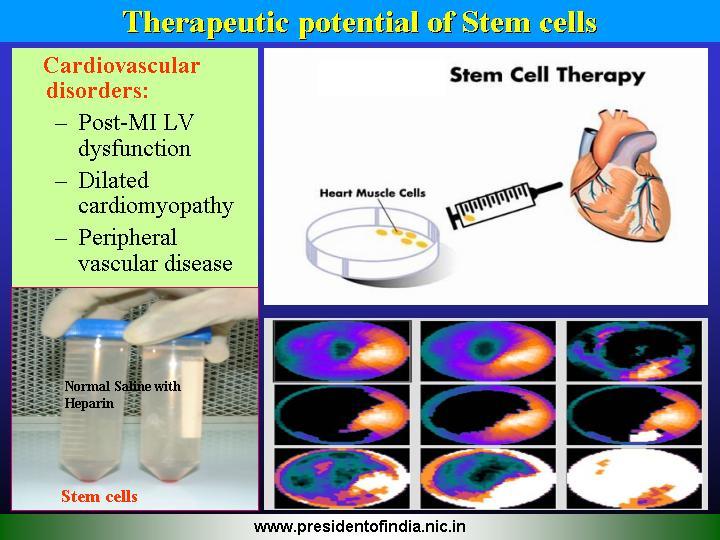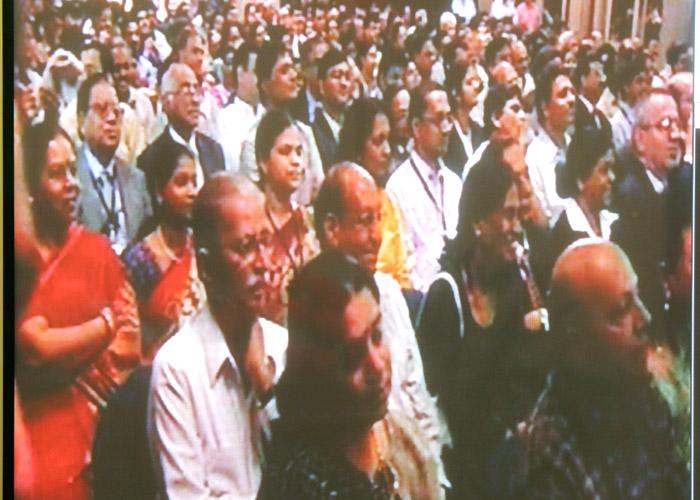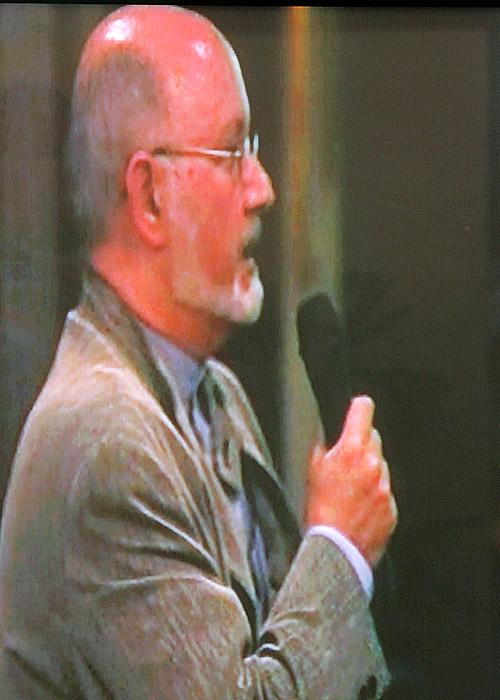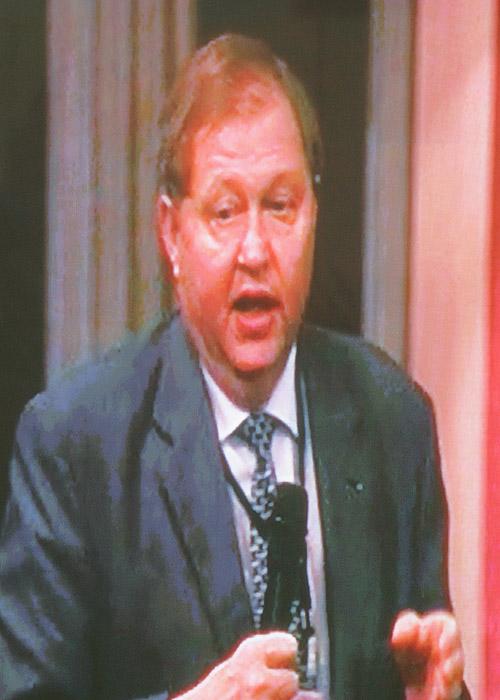Address At The 2nd World Congress On Interventional Cardiology At Mumbai
Through Video Conference From New Delhi : 25-02-2005
Cardiac Care With Heart
I am happy to address the members of the 2nd World Congress on Interventional Cardiology organized by Indian College of Interventional Cardiology in Association with Interventional Cardiologists of the country. My greetings to the organizers, cardiologists, surgeons, doctors, medical scientists and technologists, pharmacologists, distinguished guests and all the participants of this Congress. Cardiac care is a vital health care area for the whole world. The College of Interventional Cardiologists have to provide leadership in bringing smiles in the faces of cardiac patients. In this gathering I would like to discuss on the topic "Cardiac Care with Heart".
Dear friends when I am in the midst of expert in the field of Interventional Cardiologists I am reminded of the famous statement by Norman Cousins in his book, ?Anatomy of the illness?. Patients are today reaching out to the doctor not just for medical help. They are reaching out for kindness, assurance and hope. I would also like to share with you a quote in the paper which I came across on the topic ?one world, one people, one surgery? by Dr.T.E.Udwadia which states: ?The poorest of the poor have as much right as anyone to less pain after surgery, reduced medication, less morbidity, shorter hospitalization, and early return to home, family, and work. Minimal access surgery and the expensive technology it requires is advocated, not as homage or tribute to new technology, but in appreciation of the manifold benefits this new technology gives our patients and our people.? This thought has to be the focus of the specialist in Interventional Cardiologists.
Research in Gene Chip
Indian population is highly susceptible for coronary heart diseases that too at a relatively young age irrespective of where they live. As you are aware, Gene Chip arrays have tremendous potential to reach goals from identifying genetic variations associated with heart disease for discovering new drug targets.
Recently, I was in Chennai at Dr. Cherian?s Medical Centre. It is known as, International Centre for Biomedical Sciences and Technology (Research & Applications). There I interacted with Dr. Emmanuel, who is working in the area of Gene Chip. He says the Gene Chip can be used for finding the existence of genetic diseases including coronary artery diseases in the baby during a certain stage of pregnancy itself.
As many as 50 different mutated genes are identified as responsible for heart problems in Indian population. If a person is not having any of these harmful mutated genes, then he may not suffer from heart ailments. The Gene Chip is one which on contacting with the blood, immediately identifies the mutated genes in the person. Based on this information, proper guidance can be given to the patients and parents. The chip could also be modified to suggest to the patient?s system to develop those chemicals which in turn will help the patient recover from the present situation.
It is reported that gene differences between humans and most animals are very nominal. More than 90% of our DNA is similar. This property is a boon to researchers since animal models can be subsequently used for curing human diseases based on trial data. It has also been found that Gene Chips can be used for early diagnosis of tumors and their treatment. Integrating molecular biology, cytogenetics and bio-chemistry, bio-chip technology is regarded as one of the important inventions in the research of gene functions. It is far superior to molecular biological technology in terms of speed and accuracy. I would recommend the medical researchers to progress further in this area for finding the application of Gene Chip as a diagnostic tool and as a treatment regime for many diseases.
Management of Cardiac Diseases
Multi-dimensional solutions are available for management of the diseases based on my discussion with experts. The solutions include medicinal treatment using Statins, which lowers the cholesterol in the blood by reducing the production of cholesterol by the liver. Statins block the enzyme in the liver responsible for making excess cholesterol
However one has to be careful about the side effects and take adequate precautions while treating the patients. The second is through angiography and angioplasty using stents. Advancements in stents have resulted in the introduction of drug quoted stents which hold a tremendous promise in the near perfect of coronary artery disease. I understand that very soon we may have bio-degradable stents. The next generation stents may be nano-stents. If the heart blockage is severe, valve defect and death of cells in the heart due to less blood supply etc. surgical intervention will be necessary.
Progress in Treatment of Coronary Artery Disease
We have all witnessed the treatment of cardiovascular disease moving from very invasive to less invasive methods. In the seventies bypass surgery was the big news, in the eighties it was balloon angioplasty and in the nineties it was the stent.
Now, moving a step further is a totally non-invasive treatment - EXTERNAL COUNTER PULSATION (ECP), a truly non-operative, non-pharmaceutical, safe and effective treatment which has made big news in the west. ECP is FDA (USA) approved and finds reference in medical and cardiology textbooks. Many favorable articles have been published in the Journal of the American College of Cardiology, Cardiovascular Reviews Reports, Cardiology, Mayo Clinical Proc., Clinical Cardiology, Journal of Critical Illness, Journal of External Counter Pulsation, etc. The success of ECP can be judged from the fact that in USA the insurance sector reported that the reimbursement for ECP has gone up by 6 % whereas that of other procedure like angioplasty, bypass surgery, etc. has come down by 7%. Now the treatment is available in most of the leading hospitals of the world.
In India, ECP is available at Sibia Medical Centre, Ludhiana besides Escort Heart Institute and Research Centre, New Delhi, Peoples General Hospital, Bhopal, Jamnagar etc.
It is well known that following bypass surgery - only 75% patients are symptom free for 5 years or more and only 50% after 10 years or more. The number of patients having recurrence after bypass, ballooning and stenting is increasing and for them ECP is the only FDA approved treatment available which is documented to increases blood supply to the heart by 20-42%, to the brain by 22-26% and to the kidneys by 19%. ECP also increases heart's output. More patients now prefer non-invasive treatments. With improved cerebral circulation patients may notice improved memory, etc. This 2nd World Congress may like to study this technique of ECP EXTERNAL COUNTER PULSATION for providing non-invasive cardiac care.
Life style intervention
There is a need to propagate the importance of appropriate food habit and life style among the urban population to combat the situation of increased occurrence of heart ailment. Hospitals in the country should take proactive steps to counsel their clients in a family atmosphere for ensuring reduction in this number in the years to come. Another feature which has been noticed is that there is a competition, between cardiologists and surgeons in treating heart cases. The ideal practice should be to provide only the minimum essential treatment instead of going in for surgical intervention as a routine management of the disease.
It has been reported that the repeated occurrence of heart ailments is caused by diet, smoking, and lack of exercise and uncontrolled diabetes. All these factors can be controlled by an appropriate life style intervention. I have seen the change of life style pattern practically taking place in Global Hospital and Research Center, Mount Abu. There was a joint project of Defence Institute of Physiology and Allied Sciences (DIPAS), DRDO and the Global Hospital and Research Center for studying the effect of "holistic lifestyle intervention" on the patients suffering from Coronary Artery Diseases during the year 1997-98. The project involved both Control Group and the Experimental Group. The Control Group was subjected to conventional treatment whereas the Experimental Group was supported by an intervention involving low fat, high fiber vegetarian diet, aerobic exercises and meditation. This three-dimensional psycho-physiological mind-body approach in treating heart patients of the Experimental Group resulted in dissolution of angiographic plaque and improvement in microcirculation of blood in heart muscles of the patients. The treatment was also supported by participation of spouses and other family members of the patients, leading to a unique family system approach to Medicare.
Stem Cell research for Cardiac Care
On 4th January 2005 during the Indian Science Congress, I had a discussion with the researchers and clinical physicians who are working in Stem cell area. They are working in different areas of stem cell, such as Cancer treatment, ophthalmology, spinal cord, cardiology. Details of some of the success stories and experience were shared.
Dr. Bhan, Secretary, DBT and Dr. Ganguly, DG-ICMR are working together in promoting stem cell research. They are evolving a road map for stem cell research through three areas such as Adult stem cells, umbilical cord stem cells, and embryonic stem cells. A focus has been given to stem cell research so that a mission mode operation can soon commence. I was happy to note that the clinicians are driving the research; this will enable easy technology transfer and fast diffusion of technology. I would suggest the members of this World Congress can participate in the National Stem Cell Research and Application programme for enabling the provision of new regiment of treatment for cardiac patients.
Networking the Interventional Cardiology Resources
I would request the organizers of this World Congress to launch a website that will become the common platform amongst the Interventional Cardiologists and provide the connectivity for the thousands of specialists from 20 countries who have gathered here for this Congress. The website can document the case studies and special treatment regimes followed by different specialists and also the novel diagnostic techniques used by them. You could also include provision for the common man to ask questions about his specific problems connected with cardiac diseases which can be answered by a panel of specialist doctors. This will also lead to automatic generation of a database of such patients and make treatment of these diseases available by specialists at an affordable cost. However, the confidentiality and anonymity of the patient has to be maintained by the website. This website can be used for creating awareness among the member countries for prevention of cardiac diseases.
Conclusion
As we have discussed, Gene Chip, Stem Cell research and EXTERNAL COUNTER PULSATION have applications for many diseases relevant to India particularly cardiac diseases. We have to recognize another potential area of research of nano-science which has already entered into diagnosis and treatment of diseases, particularly relating to brain cancer and heart. It is predicted that nano-robots will carry diagnostic probe and treatment solutions. Finally the robots will get digested in the human system after curing the disease. Sometimes I feel that the world may declare the early phase of twenty-first century, as a century of nano-science research and technology leading to revolution in human life enrichment. I would recommend the following seven suggestions for the members of Interventional Cardiologists:
a. It is essential to carry out research which will enable interventional cardiologists to provide totally non-invasive treatment to cardiac patients.
b. It is essential to identify few specific research areas for combating problem associated with coronary artery disease. These could be stem cell and gene chip.
c. The doctors as teachers have to propagate the importance of life style change towards fibrous vegetarian food, aerobic exercises and meditation.
d. The urban population is the most affected by cardio vascular diseases compared to rural population. Researchers have to identify the exact reasons for low and high incidence.
e. Every member country of this World Congress may have core competence in certain areas. This should be identified and combined. This multinational cooperation can lead to projects in medical area for development and production of cost effective diagnostic tools medical equipments and medicines.
f. Clinical data from different nations for a particular cardiac disease is a very important database for research. I would suggest that there should be tele-connectivity between medical research centers of participating countries in this World Congress for sharing their experiences.
g. Proteomics programme has been launched and all the 40,000 genes are being characterized as part of the programme. This is the time to carry out research to find why Indians are more susceptible to have cardiac diseases, especially at a relatively young age. This world congress may create a consortium of scientists to work in this area.
I have seen in Ophthalmic care, the hospitals are providing free treatment to at least 30% of patients who cannot afford. Similarly, even in heart care there are some hospitals who provide free cardiac-care to certain percentage of patients including open heart surgery to economically weaker sections of the community. For example Little Heart Foundation in one of the reputed hospitals is providing free heart treatment to children having cardiac problem. I suggest this model could be emulated by all the cardiologists who have assembled here to attend the 2nd World Congress on Interventional Cardiology.
My best wishes to you all.
May God bless you.
Question and Answer Session
1. Sir, you are a nuclear scientist of world repute. There is a competition between different countries to have latest nuclear powerful weapons which are likely to be used for mass destruction. I want to know why nuclear energy can not be used for better life production of energy health equipment stents and medicines?
- Prof Dr. Lekha Adik Pathak, Executive President, 2nd World Congress.
Ans. Technology is a doubled edged weapon. Our nuclear scientists are progressing towards providing 20,000 MW of power by 2020 to the National grid. Nuclear medicine and nuclear irradiation techniques are all being used for the welfare of humanity. There are many societal applications of nuclear science which is being experimented by our scientific community.
2. Sir, what is your idea bout nano technology which can be used in many medical devices like stents and its future for humanity?
- Dr. Massoud Ghasemi, Iron.
Ans. Nano-somes incorporate molecular targeting elements such as receptor, peptites and antibodies specific to the patients for detecting and treating the disease such as Cancer and cardiac vascular disease.
3. Mr. President, you designed Kalam Raju stents more than a decade back and it was expected that Indian industry will be stimulated in producing high quality stents which are almost 100% imported even today. Please activate our industrial houses to involve them in manufacturing stents wells and pacemakers so that the cost of the patients will come down by 70%
- Dr. B.K. Goel, President of the Congress.
Ans. We had designed a stent ten years before to get the confident in producing an indigenous device. After that there has been continuous upgradation of technology which has led to the production of drug quoted stents, bio-degradable stents and now nano stents. It is essential for the Indian industry to work on the latest technological area and produce nano stents for cardiac-care of our patients.
4.Sir, How physicians and scientists can increase co-operation between countries and governments?
- Dr. Gary Mintz, USA.
Ans. Gene chip and nano-stent can become an international programme. This will lead to intense co-operation between physicians and scientists of different countries.
5.Sir, Government of India in consultation with medical fraternity should formulate a National Health Policy for prevention of coronary artery disease and control the epidemic of coronary artery disease in India.
- Dr. Bansal, India
Ans. A major commitment of the Government is to increase the spending on public health from the present level of 0.9% of GDP to 2.0% over the next five years, and to improve the delivery of primary health services, especially in rural areas for poor people. My Government proposes to launch a National Rural Health Mission, which will be based on a district-based planning and management model, of health care delivery, with the involvement of Panchayati Raj institutions. This decentralized model of health management will, for the first time, enable localized solutions to health problems, and hopefully will lead to the goal of "Health for All".
We have only one doctor for one thousand eight hundred people, whereas in some of the developed countries the doctor to population ratio is 1: 600. For providing quality health care to all of our citizens, we would need at least doubling the strength of doctors and paramedical staff in the whole country. The investment for this, need not necessarily come from government alone. Hospitals can be setup by the private sector with certain tax concessions and subsidized infrastructural support. Setting up of 30,000 static tele-medicine stations distributed in 30,000 key locations, within the zone of 3 lakh villages and providing 20,000 mobile tele-medicine units will enable reaching of quality healthcare closer to every home, which are connected to the district, state government hospitals, corporate hospitals, super specialty hospitals in the country. This is possible as India has a network of satellite communication. How to reach healthcare for the large number of our population? An innovative method has come into action in certain states. This system provides free health cover to the citizens who are members and pay Rs. 10 per individual per month as an insurance premium. State and Central Government can sponsor this insurance scheme involving payment of a small premium of Rs. 10 per individual per month by the citizens in different states of the country. Such an insurance cover should be able to provide for all types of diseases including expensive open heart surgery. A consortium is required to be formed, in different states between the Government, insurance agencies, corporate hospitals and NGO’s for providing integrated cost effective health care. The scheme when fully operational, can provide direct employment for additional 600,000 doctors and 1.2 million paramedical staff. Apart from providing healthcare to citizens, these corporate hospitals can attract large number of medical tourists to the country in view of our competitiveness in treating complex diseases. I am very happy to know that the scientific community for health is working on anti HIV vaccine development, which is in an advanced stage of development. The success of this programme will be a breakthrough in containing the HIV virus.
6. What is the vision of the President for advancing healthcare in India?
- Dr. Arucoss, USA.
Ans. Healthcare should be a public-private partnership mission. All the citizens in the country should be ensured with a small fee of Rs. 10 per person per month. The funds generated should be used for providing quality healthcare to all the citizens irrespective of their economic status. This type of model is already working in some states satisfactorily.
7.Sir, how Scientific co-operation can help in promoting peace between countries?
- Dr. Thierycorcos, France.
Ans. Mission of disease free world particularly, the world free from HIV could be the common programme between countries. This has to be the focus for the Scientists and technologists. Scientific co-operation must take place in these areas between lab to lab and university to university. This will definitely lead to peace between countries.

